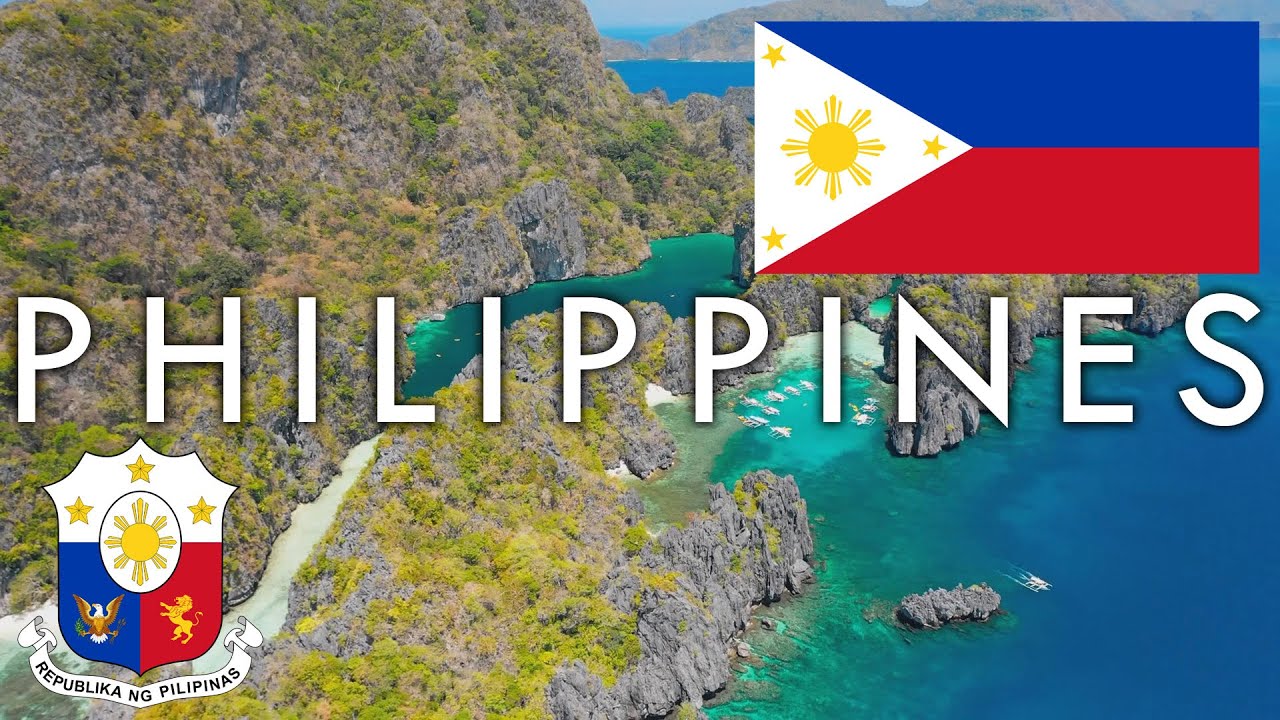History of the Philippines explained in 8 minutes
Summary
TLDRThe Philippines, a diverse archipelago of over 7,000 islands, has a rich history shaped by seafaring cultures, trade, and external influences. From its early indigenous communities to the establishment of powerful kingdoms like Tondo, the Philippines thrived as a hub of commerce and culture. The arrival of Islam and European explorers in the 15th century marked the beginning of colonization, with Spain ruling for over three centuries. The U.S. took control after the Spanish-American War, and after WWII, the Philippines became an independent republic. The Marcos dictatorship in the 20th century led to political upheaval, but the country emerged through revolution to democratic rule.
Takeaways
- 🌴 The Philippines is an archipelago consisting of over 7,000 islands, historically a cultural and trade hub in Asia due to its strategic location.
- ⛵ Early Philippine societies were skilled seafarers who built terraced farmlands supported by ancient irrigation systems, some still in use today.
- 💎 The Sangiun culture, known for extensive trade, imported gold, bronze items, and other luxury goods, showcasing early international commerce.
- 🕊️ Indian religions like Hinduism and Buddhism were introduced by migrating Melanesians and their successors, influencing the local cultures.
- 🏛️ The Philippines was divided into barangays led by a *datu*, with larger territories governed by a *rajah* or *bayani*, forming complex societies.
- 📜 Tondo, an early city-state located in modern-day Manila, had a significant role in trade and was one of the first to have written records, including the Laguna copperplate inscription.
- 🇪🇸 Spanish colonization in 1521 led to the establishment of Manila as a major trading hub and the spread of Spanish culture, language, and religion.
- ⚔️ The Sultanate of Brunei expanded into the Philippines in the 1400s, challenging Tondo's influence and leading to the rise of the Sultanate of Maguindanao in the south.
- 🌐 The Philippines was involved in maritime trade with China, Japan, India, and other civilizations, becoming an essential part of regional commerce.
- 📆 The Philippines experienced shifts from Spanish rule to American control following the Spanish-American War, then faced Japanese occupation in WWII, and finally gained independence in 1946, leading to the post-war dictatorship under Ferdinand Marcos.
Q & A
What geographical feature makes the Philippines unique in terms of its population and culture?
-The Philippines is an archipelago consisting of over 7,000 islands, which has fostered a diverse population and culture shaped by waves of immigrants and traders from East Asia, India, and the Middle East.
What ancient agricultural practice in the Philippines is still in use today?
-The ancient terraced farmland, especially in the highlands, is still in use today and is fed by sophisticated irrigation systems developed over thousands of years.
How did early Filipino cultures engage with other regions, and what evidence of trade exists?
-Early Filipino cultures had extensive trade and cultural ties, importing items like gold, glass, and bronze from other regions. Evidence includes artifacts and the widespread cremation of the dead, suggesting a rich trade network.
What was the significance of the Laguna copperplate inscription?
-The Laguna copperplate inscription is the earliest written record discovered in the Philippines, mentioning the state of Tondo and showcasing a combination of Sanskrit, Javanese, and Tagalog scripts.
How did the Philippines' political structure develop during the medieval period?
-The Philippines' political structure developed with the formation of barangays, each led by a head man or 'Datu.' Several barangays formed larger kingdoms, with some led by Rajahs or Bayons, engaging in trade and warfare to expand their territories.
What role did Manila play during the Spanish colonial period?
-Manila became the capital of the Spanish East Indies, a bustling port city where galleons from Mexico brought silver and returned with luxury goods from Asia, such as porcelain, silk, and spices.
How did the Sultanate of Sulu interact with the Spanish during their rule?
-The Sultanate of Sulu, a vassal of Brunei, maintained a hostile relationship with the Spanish, engaging in raids and pillaging. Despite the Spanish attempts to suppress them, new bases of operations would emerge on different islands.
What was the significance of the Spanish-American War for the Philippines?
-Following the Spanish-American War, the Philippines became a U.S. territory, eventually transitioning to an American Commonwealth in 1935 before gaining full independence in 1946.
What was the impact of Ferdinand Marcos' regime on the Philippines?
-Ferdinand Marcos ruled as a dictator under martial law from 1972 to 1981. His regime was marked by corruption, extravagance, and brutality, leading to widespread public outrage and his eventual removal from power in 1986.
How did the Philippines' relationship with Spain and the United States evolve throughout history?
-The Philippines was colonized by Spain in the 16th century and later became a U.S. territory following the Spanish-American War. After WWII, the Philippines gained independence in 1946, initially as an American Commonwealth before becoming a fully independent nation.
Outlines

此内容仅限付费用户访问。 请升级后访问。
立即升级Mindmap

此内容仅限付费用户访问。 请升级后访问。
立即升级Keywords

此内容仅限付费用户访问。 请升级后访问。
立即升级Highlights

此内容仅限付费用户访问。 请升级后访问。
立即升级Transcripts

此内容仅限付费用户访问。 请升级后访问。
立即升级浏览更多相关视频

Origin and Theories of the Philippine Archipelago

The Philippines: History, Geography, Economy & Culture

Karakteristik Geografis Wilayah Indonesia | IPS SD

The History of The Philippines Before Magellan (3000 BCE - 1521 CE)

Journey Through Time: A Look Into Pre-Colonial Philippines

HERE'S THE REASON WHY LOTS OF WORLD LEADERS WANTS THE PHILIPPINES
5.0 / 5 (0 votes)
